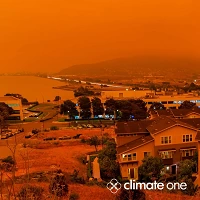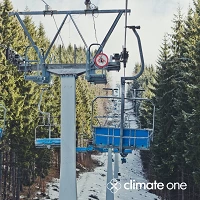 Miami may be the poster child of rising waters in the U.S., but further inland, states are grappling with torrential flooding that is becoming the new norm. The Great Flood of 2019 caused destroyed acres of farmland and caused billions in damage throughout the Midwest. And scientists predict that there’s more climate-related precipitation to come. What does that mean for America’s aging infrastructure?
Miami may be the poster child of rising waters in the U.S., but further inland, states are grappling with torrential flooding that is becoming the new norm. The Great Flood of 2019 caused destroyed acres of farmland and caused billions in damage throughout the Midwest. And scientists predict that there’s more climate-related precipitation to come. What does that mean for America’s aging infrastructure?
“It’s absolutely going to fail for future climate events,” warns Martha Shulski of the Nebraska State Climate Office. “If you're not planning for the climate of 2040 or 2060 then there's going to be failure. There's going to be impacts in a very extreme way perhaps.”
What happens when there is too much water — or not enough? “The problem with water is we treat it as if it’s, you know, inexhaustible,” says Betsy Otto, Global Water Director at the World Resources Institute. How are companies and communities planning for a future of water saturation and scarcity?
Guests:
Julia Kumari Drapkin, CEO and Founder, ISeeChange
Ed Kearns, Chief Data Officer, First Street Foundation
Martha Shulski, Director, Nebraska State Climate Office; Nebraska State Climatologist
Betsy Otto, Global Water Director, World Resources Institute
Additional interview: Jack Mulliken, farmer in Northeast Nebraska
Climate One at the Commonwealth Club can be heard Sunday mornings at 8:00 am on KRCB-FM Radio 91 / streaming @ norcalpublicmedia.org / Listen on-air, online, or on the go with our FREE KRCB Mobile App from iTunes & Google Play!

 Live Radio
Live Radio
















































































